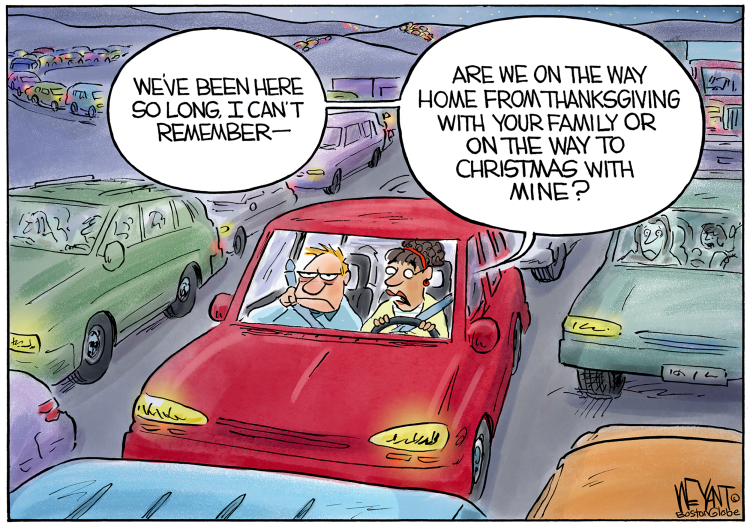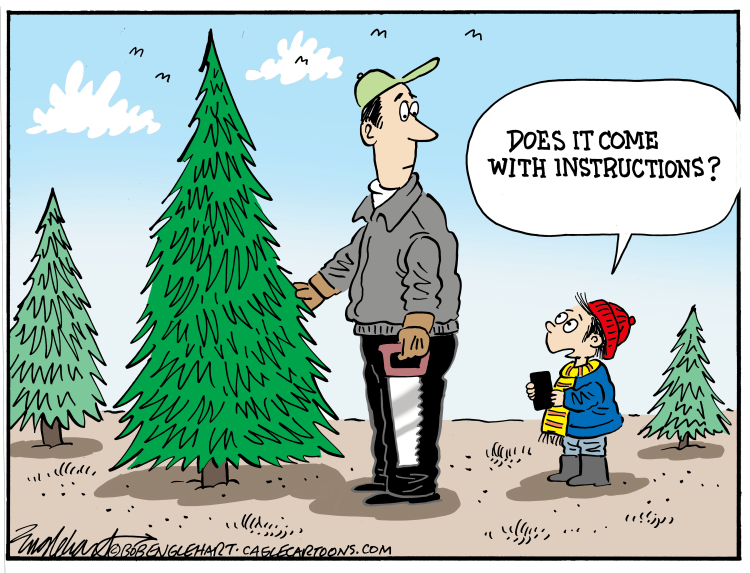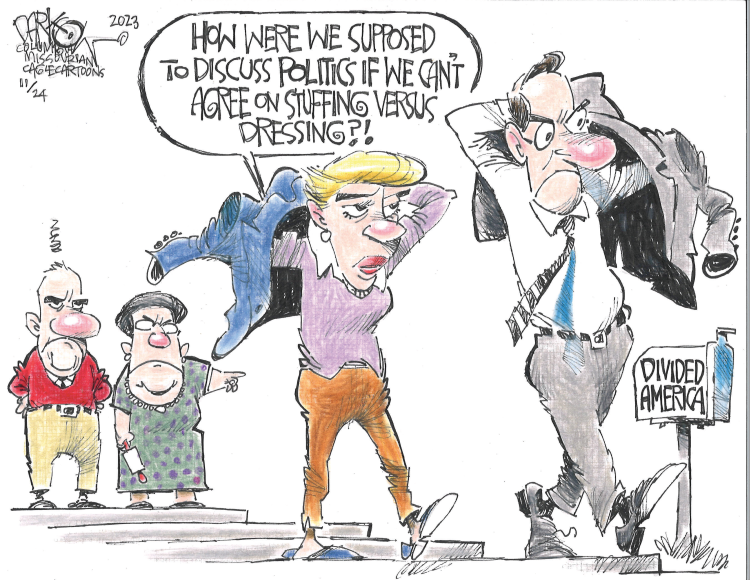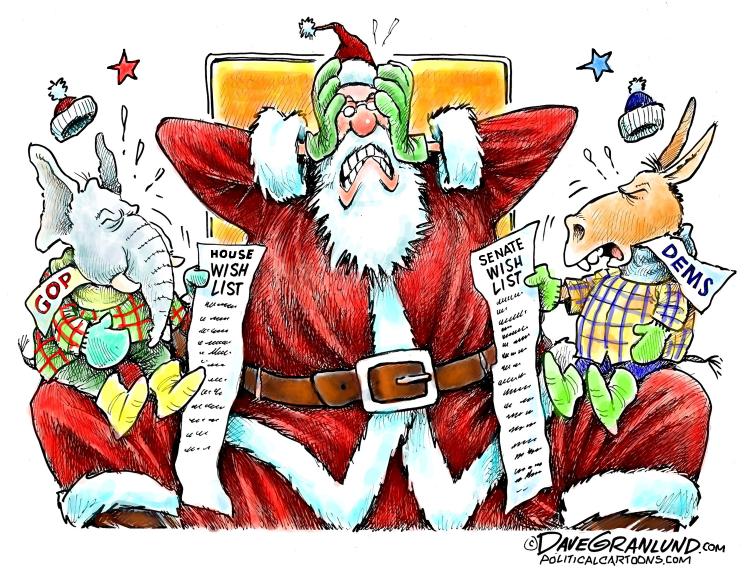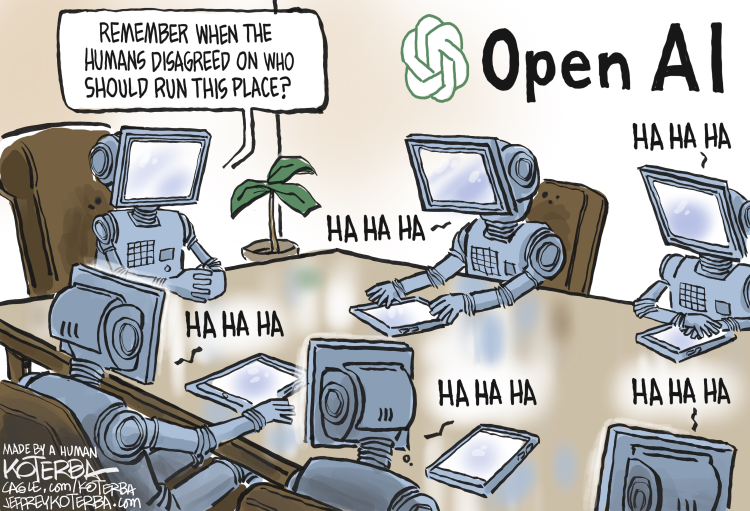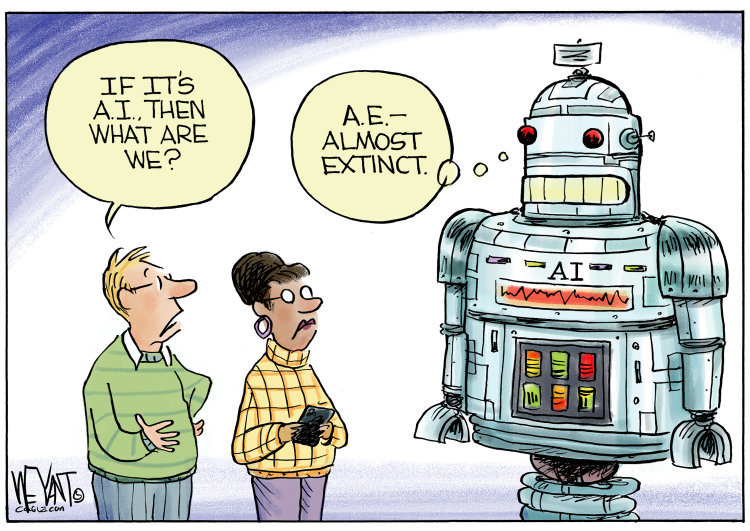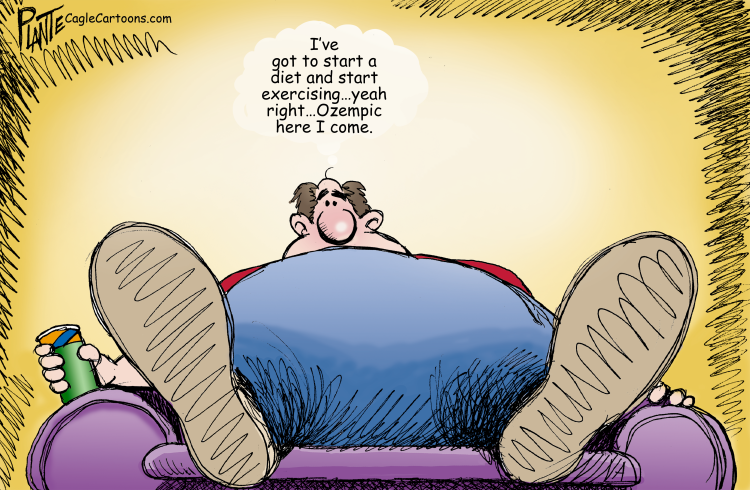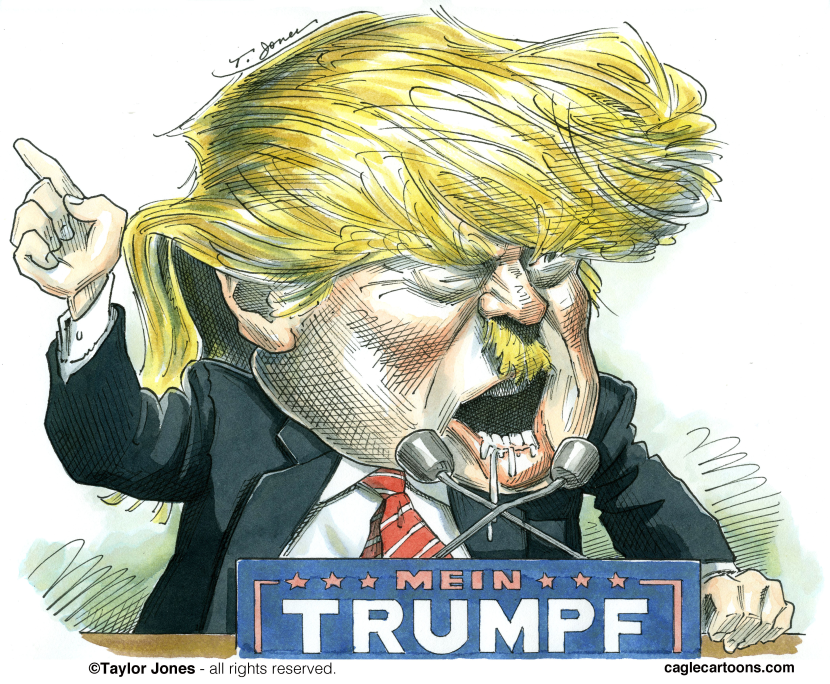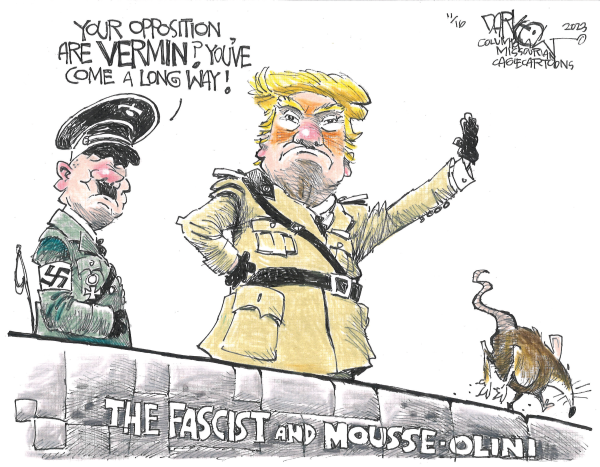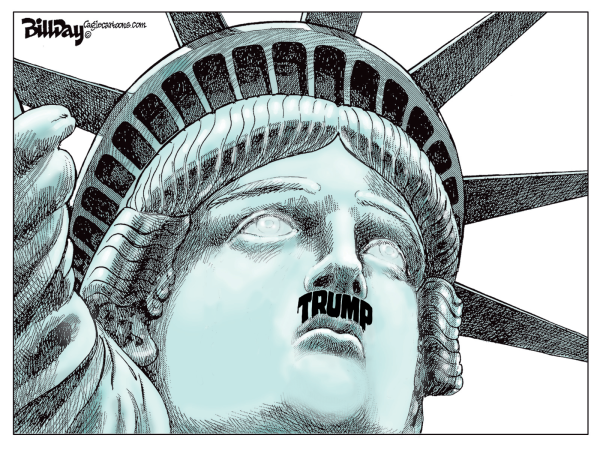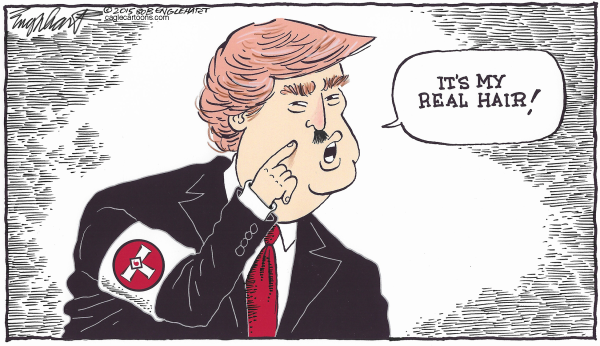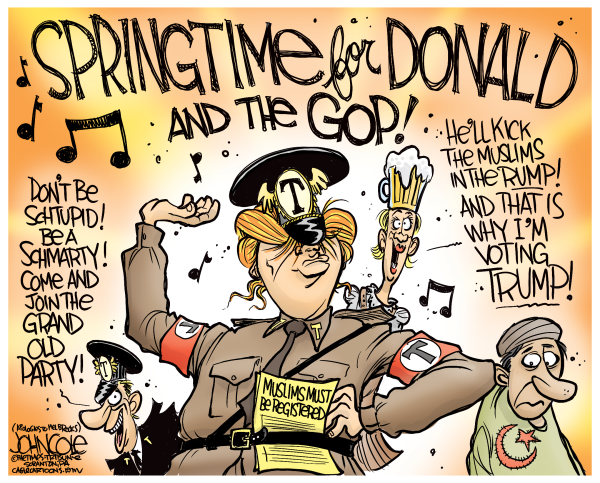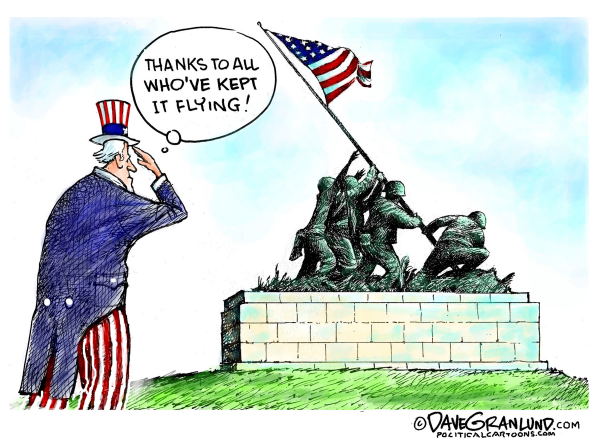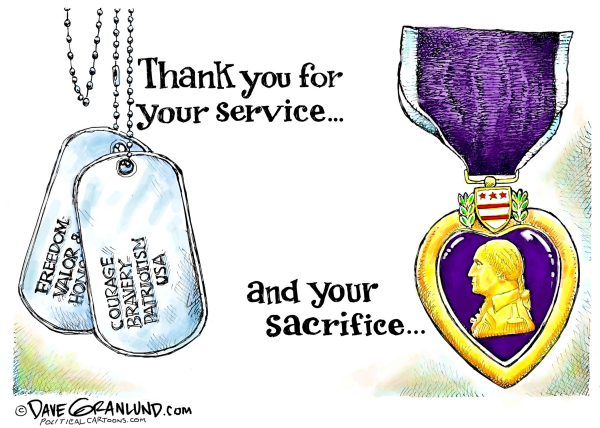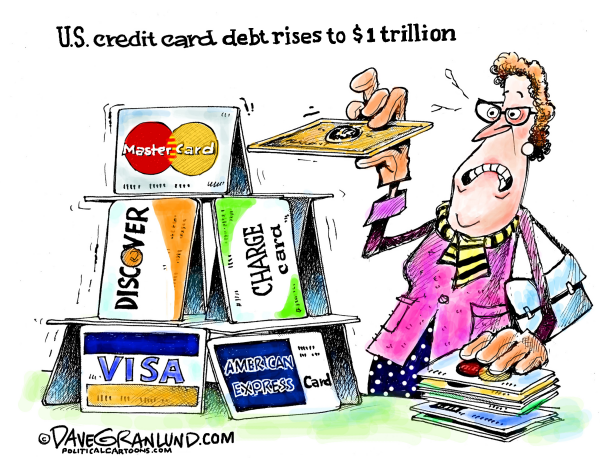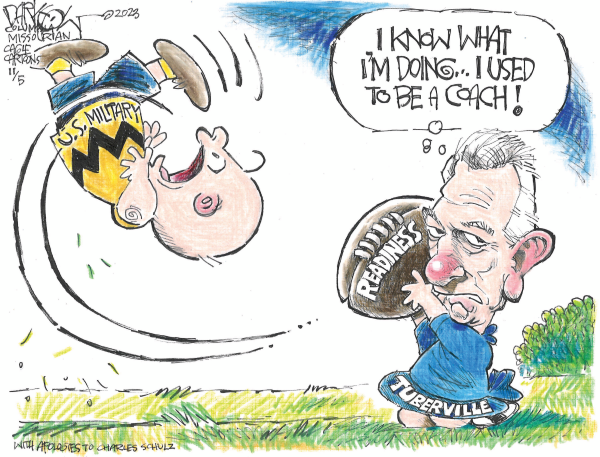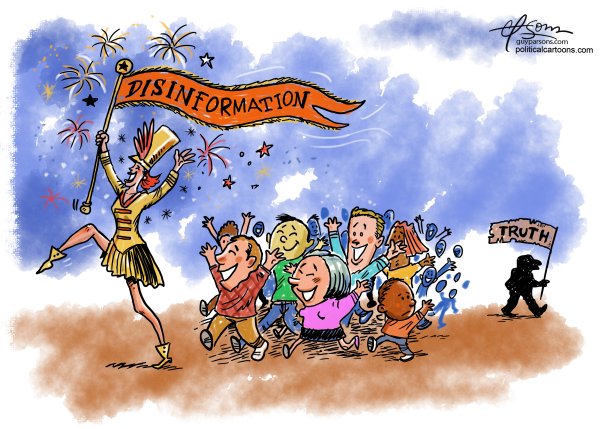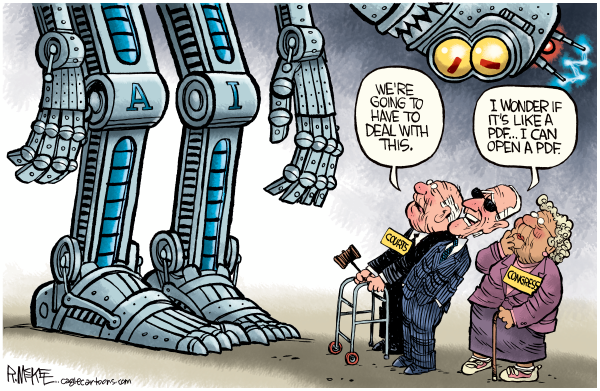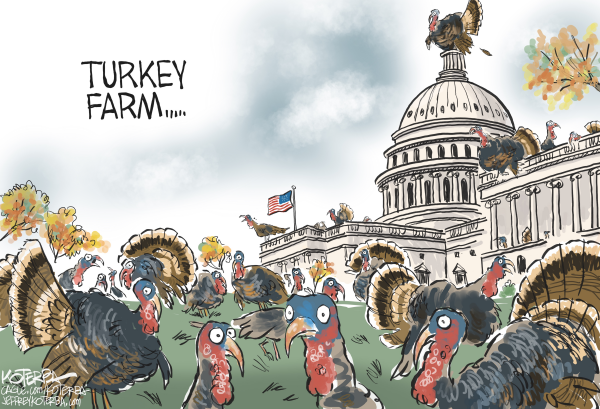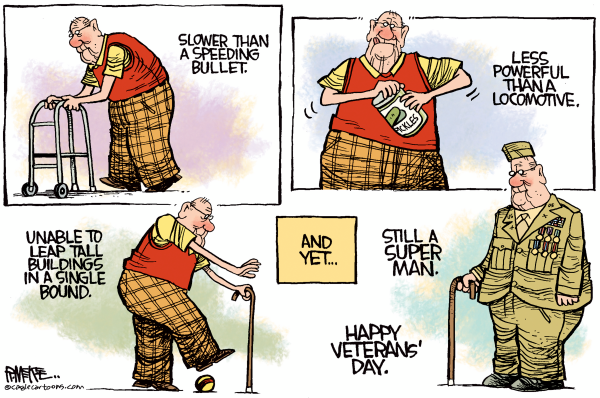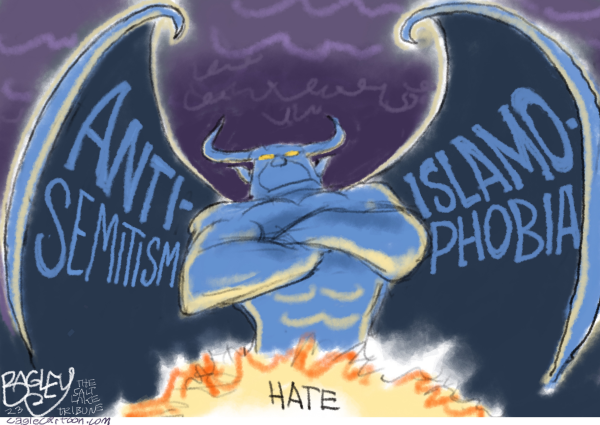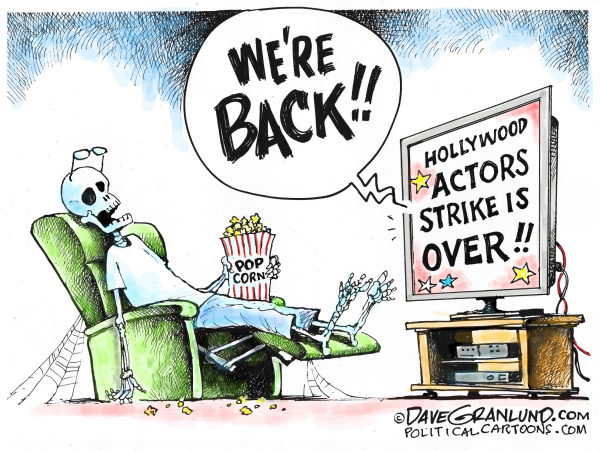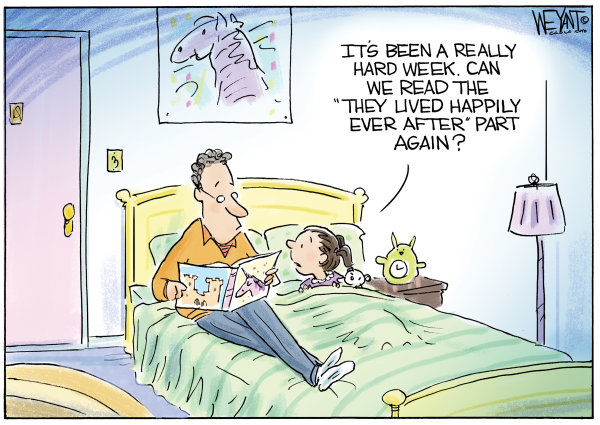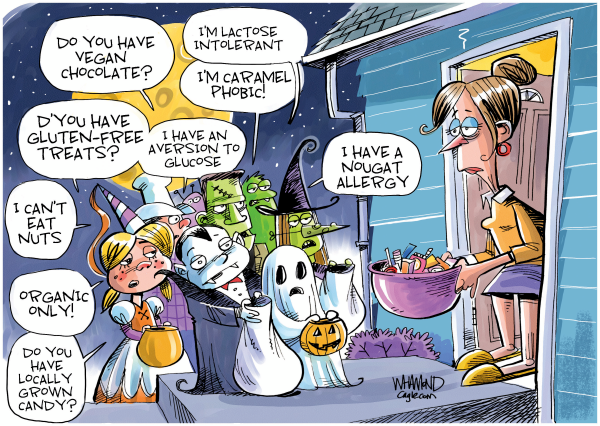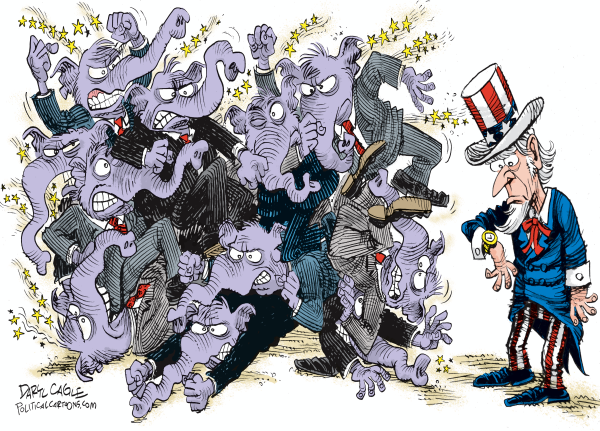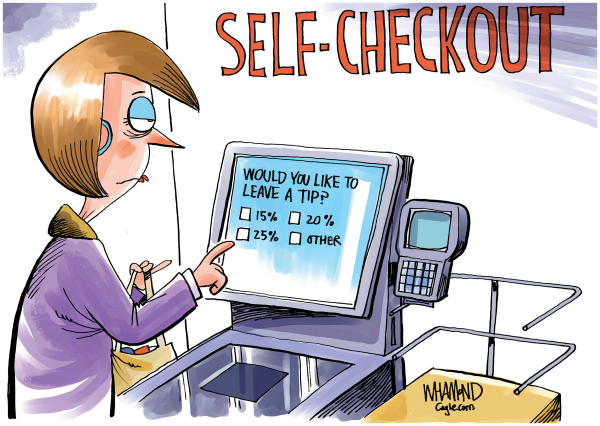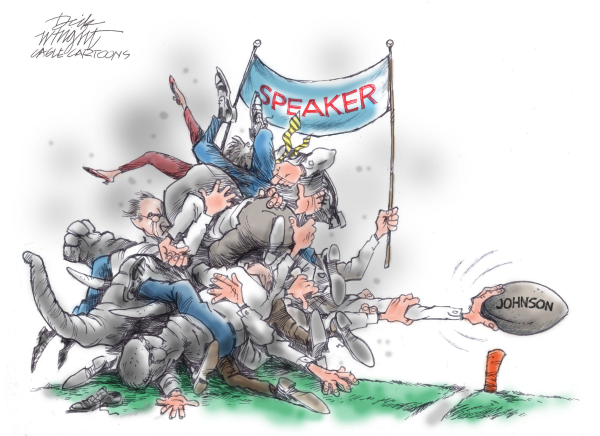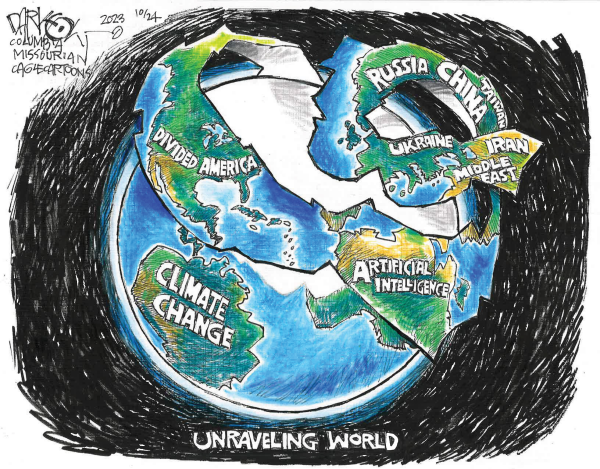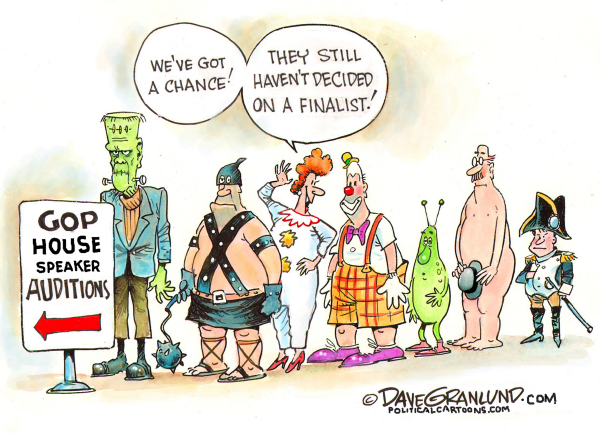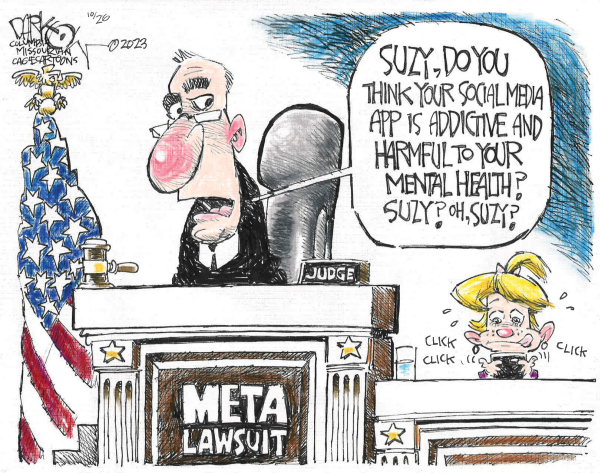
‘Tis the season to be jolly – but it hasn’t always been so jolly. There is a dramatic history of battles at Christmas time.
Not just the skirmishes that pop up at our family’s Christmas dinner table when a crazy MAGA uncle drops a bomb about the “Biden Crime Family” as he passes the potatoes. And not the phony “War on Christmas” that conservatives have been claiming for years that liberals are waging on Christianity. There’s been genuine, yuletide warfare. Like the terrible wars we have now between Russia and Ukraine and Israel and Hamas.
A quick Google search shows that wars seem to heat up or cool down at Christmas.
George Washington famously celebrated Christmas in 1776 by sneaking across the Delaware river to defeat the “Hessians,” the soldiers from Germany that Britain hired to help them lose the Revolutionary War.

On Christmas Day in 1831 about 60,000 slaves in Jamaica bravely went on a non-violent strike against their British oppressors, demanding freedom and wages. It ended badly for the slaves – 500 were killed or executed in the ensuing violence. But the brutal way the Brits treated the rebels is said to have influenced Britain’s decision to abolish slavery within its global empire.
Christmas time was also a popular time for acts of war in the 20th century.
The bloodiest battle ever fought during Christmas began Dec. 23, 1916, in Riga, Latvia, when Russian and German troops collided.

A horrible example of how awful trench warfare was, 60,000 Russians and 6,000 Germans died in a battle that achieved nothing for either side and ultimately helped bring on the Russian Revolution.
And who with a Netflix account can ever forget Christmas 1944, when Hitler launched his famous last gasp – the surprise counter-attack in Belgium that became known as “The Battle of the Bulge”?
Christmas isn’t always a good time for war, though. Every once in a while it’s a good time for peace.
For example, the War of 1812 ended in a truce as the USA and Great Britain signed “The Treaty of Ghent” on Christmas Eve in 1814.
On Christmas Eve in 1914, when World War I was still young, German and Allied soldiers on the Western Front held a spontaneous armistice that we’ll probably never see again.
In what became famous as “The Christmas Truce,” they walked to the middle of “No Man’s Land,” shook hands, sang carols and even exchanged gifts before going back to slaughtering each other a few days later.

Even Richard Nixon and Fidel Castro used Christmas as an excuse for doing something nice.
In 1972 Nixon called a 36-hour halt to a major bombing campaign over North Vietnam. And in 1998 Cuba’s most famous atheist, Fidel Castro, “celebrated” the birth of Baby Jesus by ending the ban on the holiday he had instituted 30 years earlier.
China has also changed its communist mind about Christmas, which was once banned by Mao and Co.. Under modern China’s later, somewhat less-dictatorial leaders, Christmas has made a comeback as a useful gift-giving holiday and economic booster.
Elsewhere, Christmas celebrations are still against the law in joyless places like North Korea, Tajikistan, Kyrgyzstan and Uzbekistan. Celebrations of Christmas were illegal in Saudi Arabia until recent years when the murderous Saudi Prince Muhammad Bin Salman loosened the Christmas reigns.
After the English Civil War, the British Parliament passed a ban on Christmas. A 1647 law, championed by conservative Puritans, forced stores to remain open on Christmas and punished people for attending Christmas services and celebrations. The next time a MAGA relative brings up the “War on Christmas,” be sure to remind him of Oliver Cromwell and his Christmas-banning, right-wing, conservative buddies. Conservatives have short memories at the dinner table.
There’s nothing like spending an afternoon on Google to put me into the wartime Christmas spirit. Now I’m mad.
–
Daryl Cagle is the publisher of Cagle.com and owner of CagleCartoons.com, a syndicate that distributes editorial cartoons and columns to over 500 subscribing newspapers.
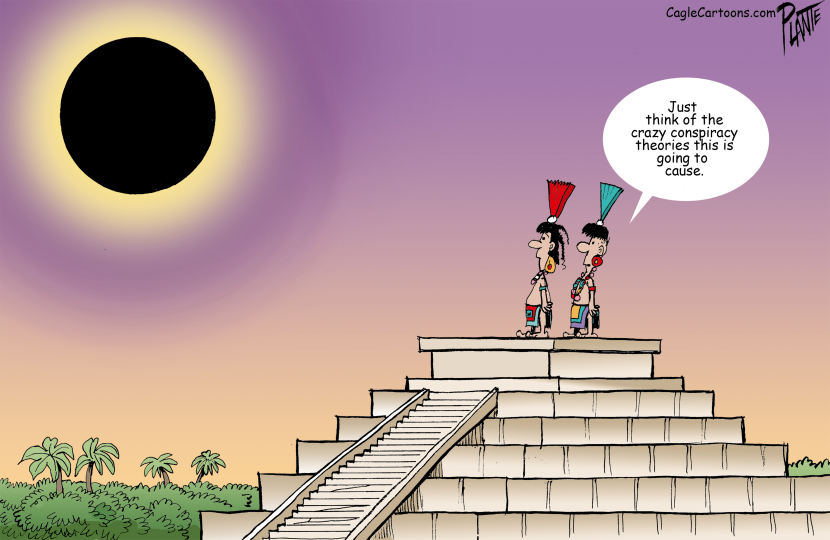
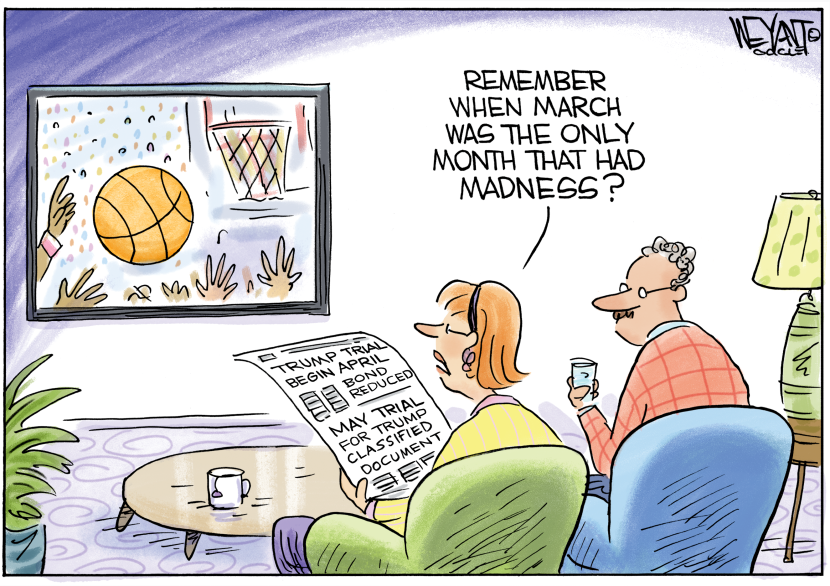

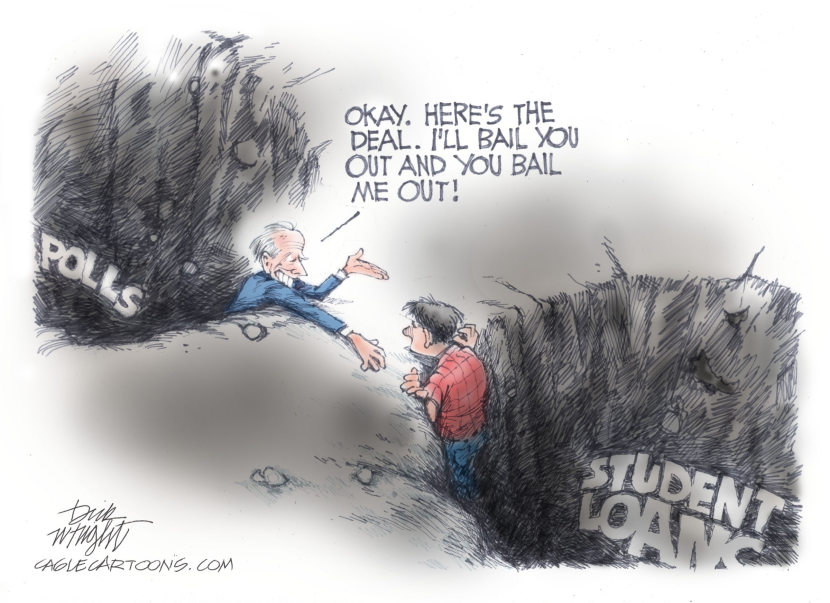
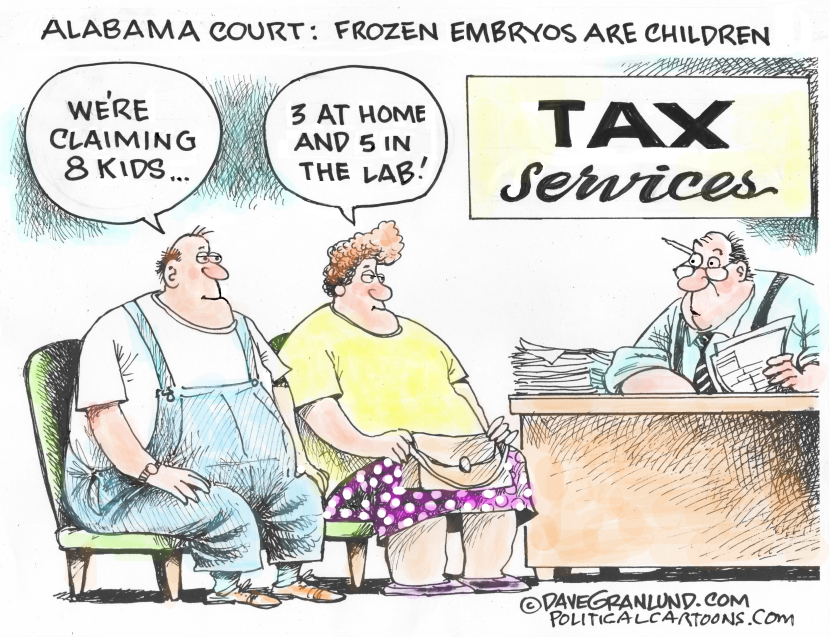
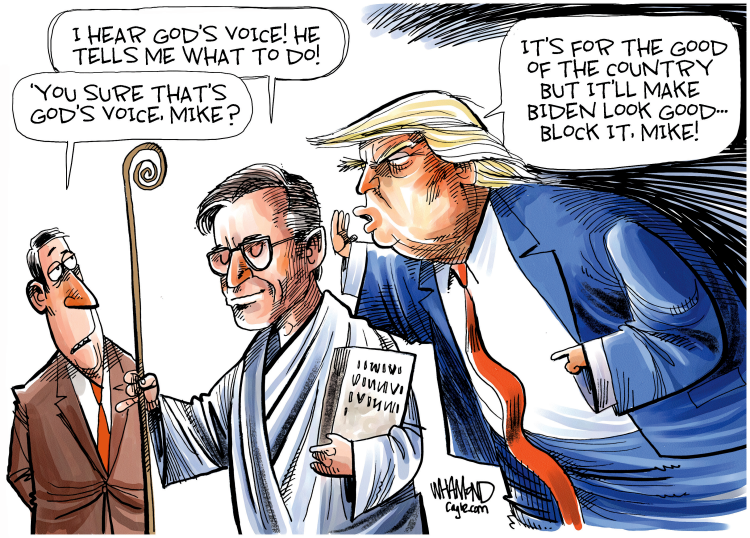
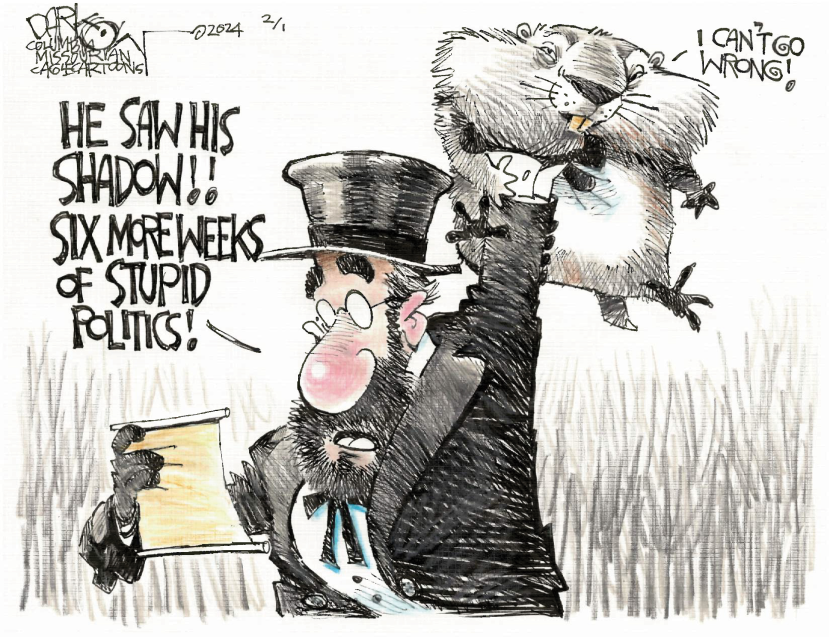
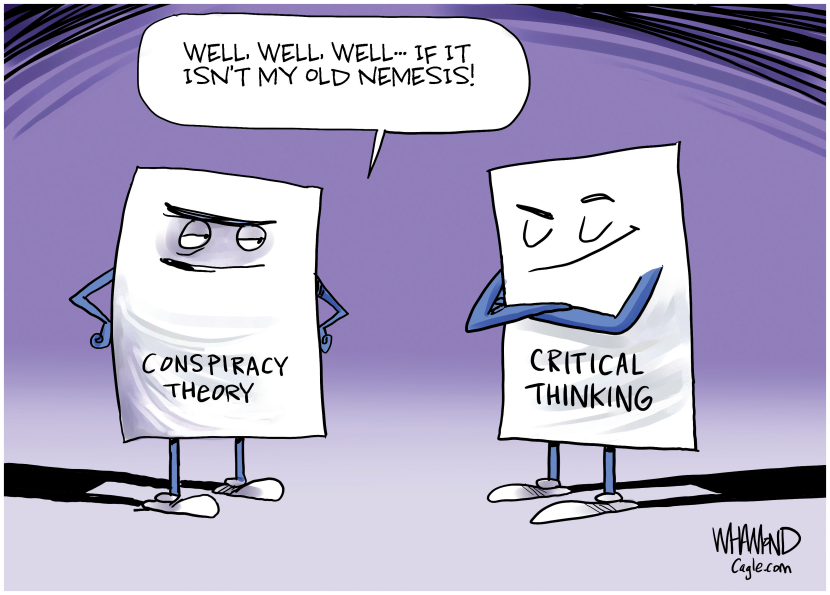
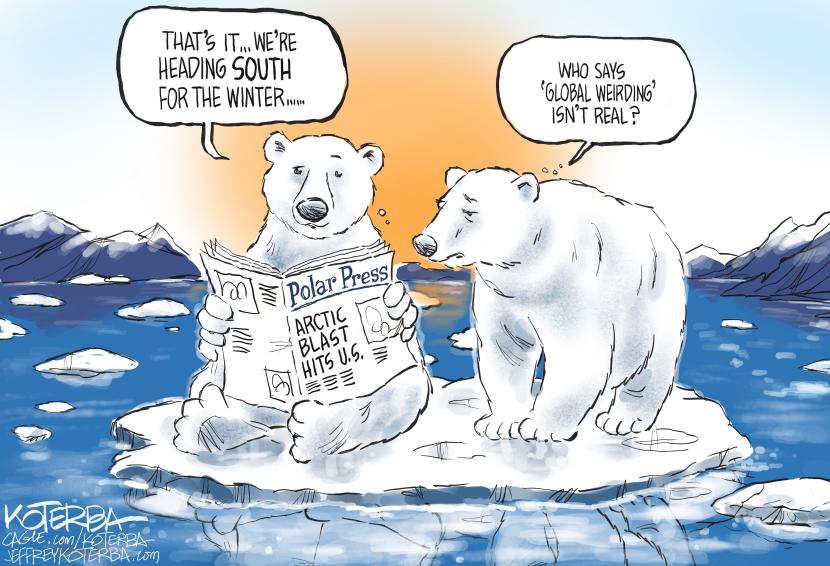

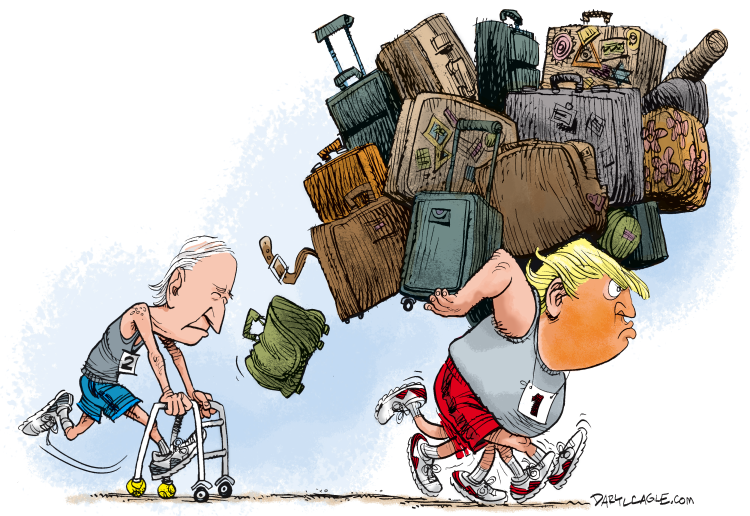


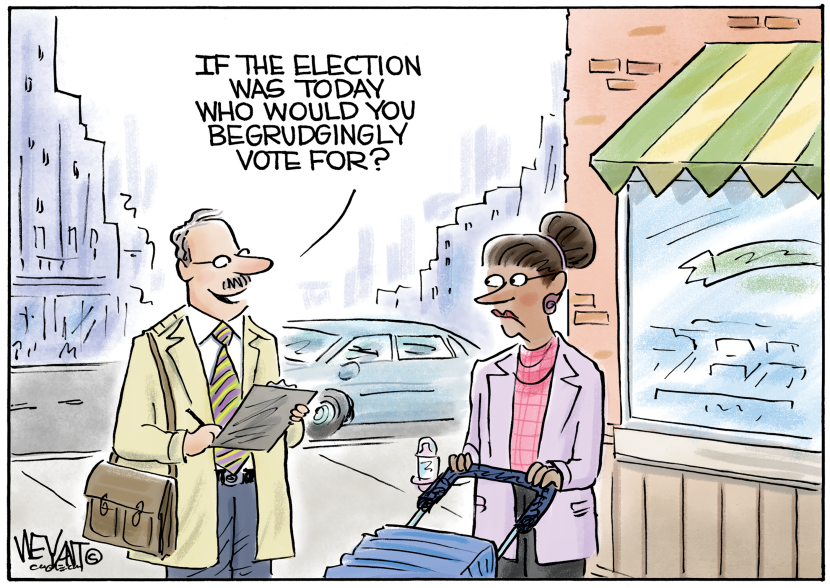

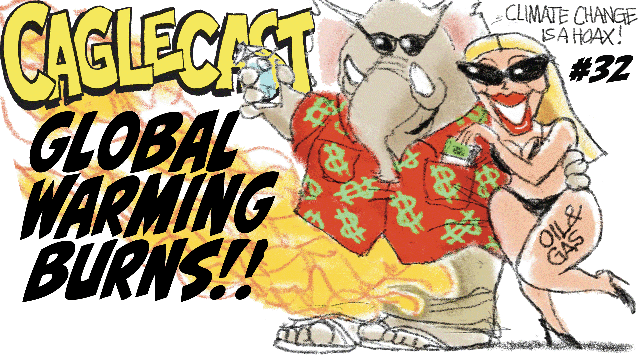


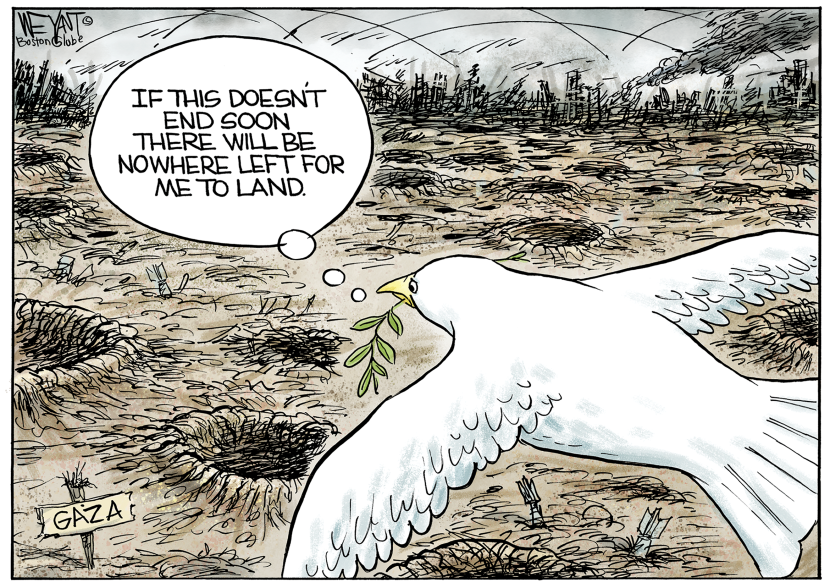
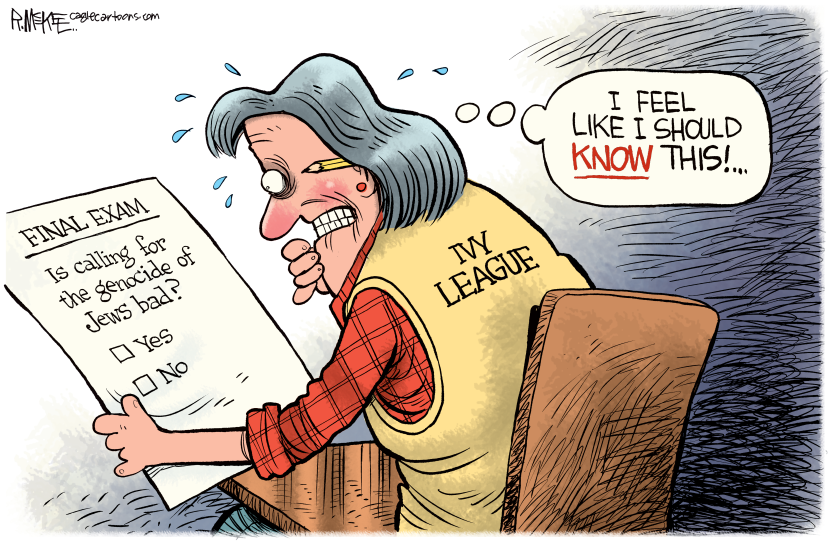
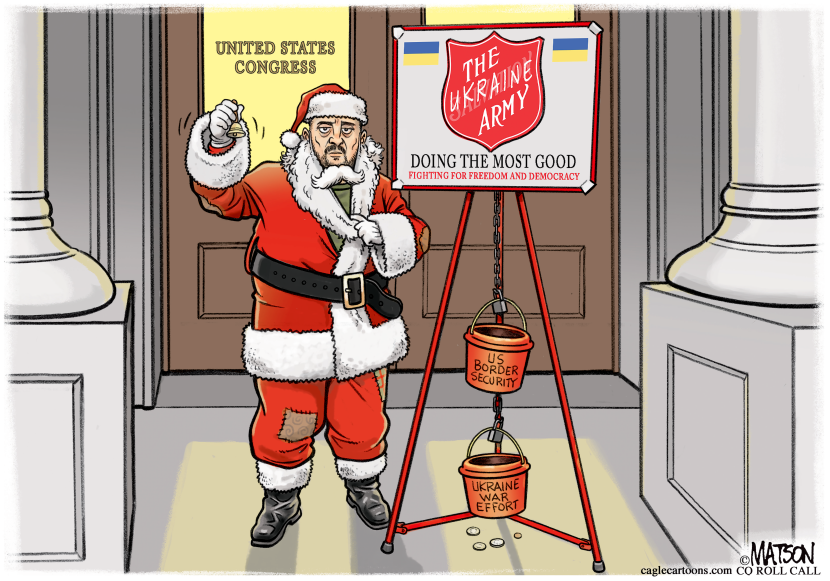
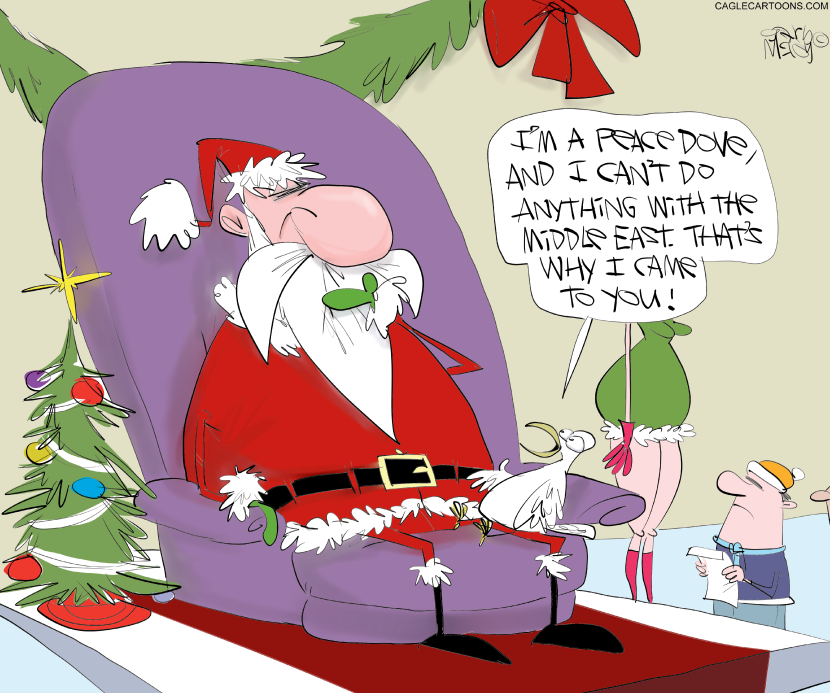
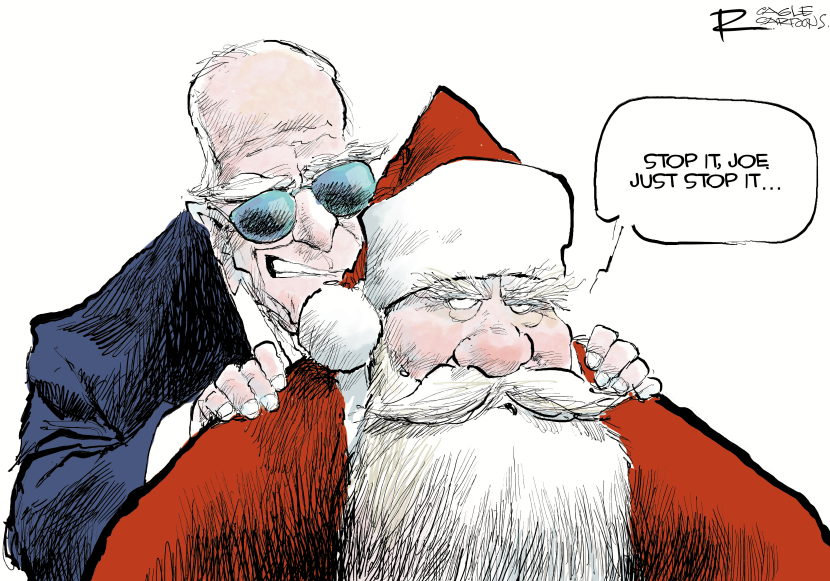
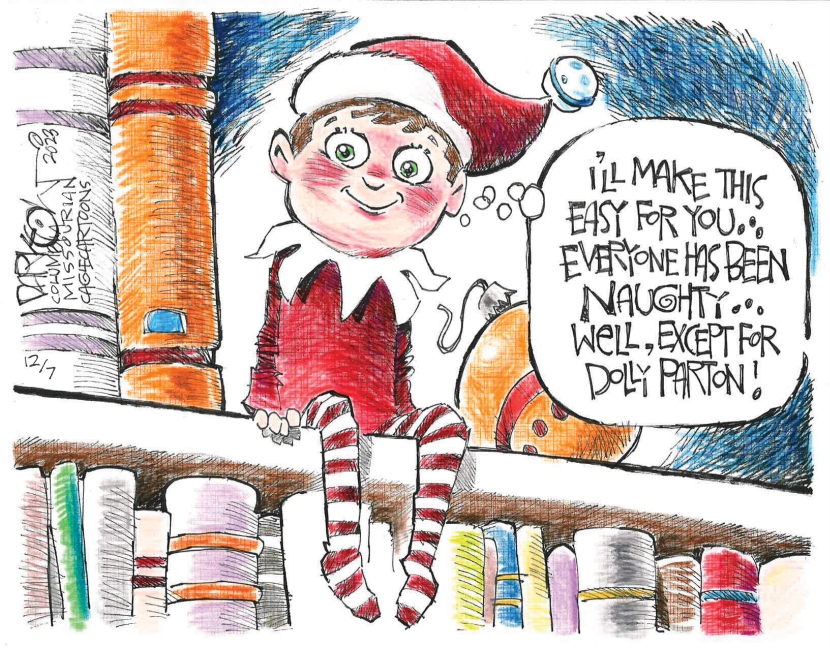
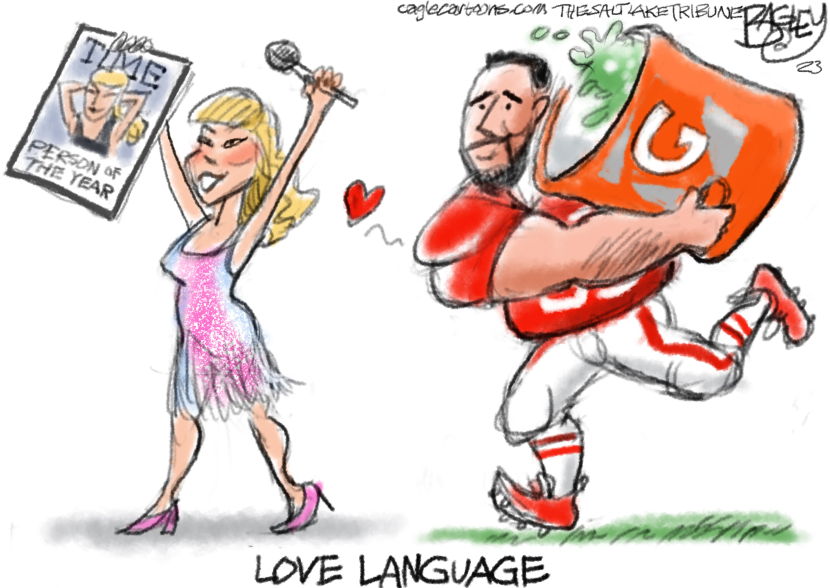
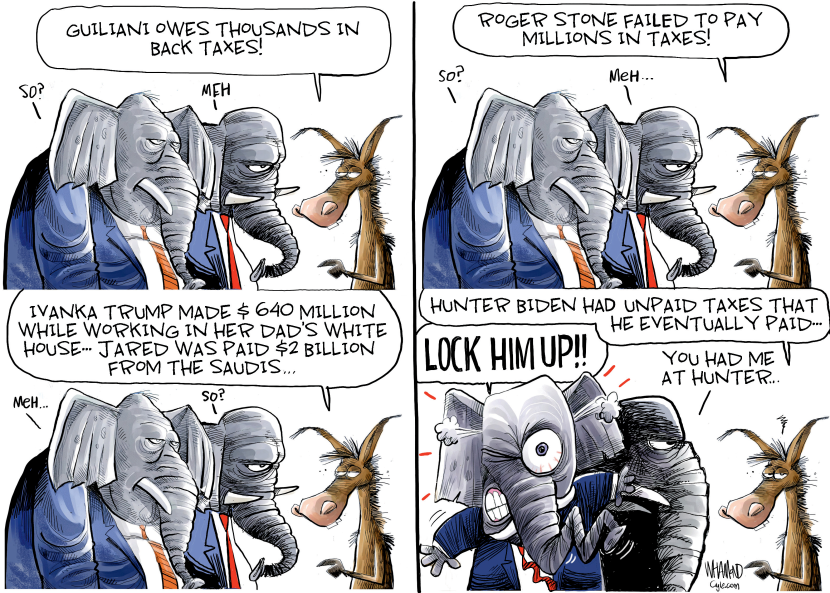
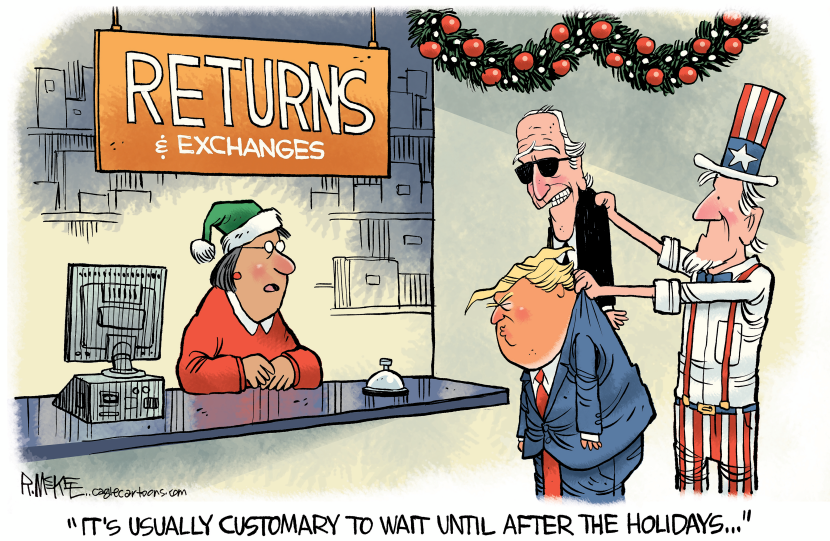 #3. John Darkow
#3. John Darkow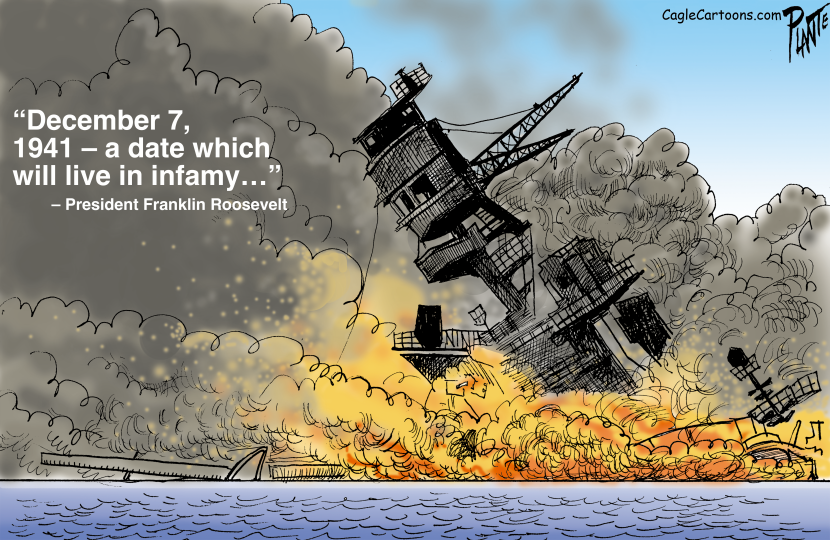 #5. Dick Wright
#5. Dick Wright #6. Jeff Koterba
#6. Jeff Koterba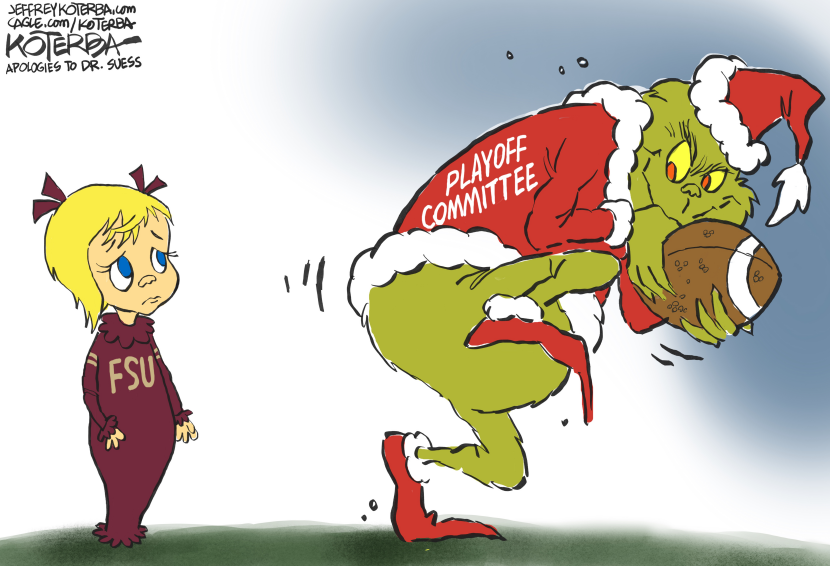 #7. John Darkow
#7. John Darkow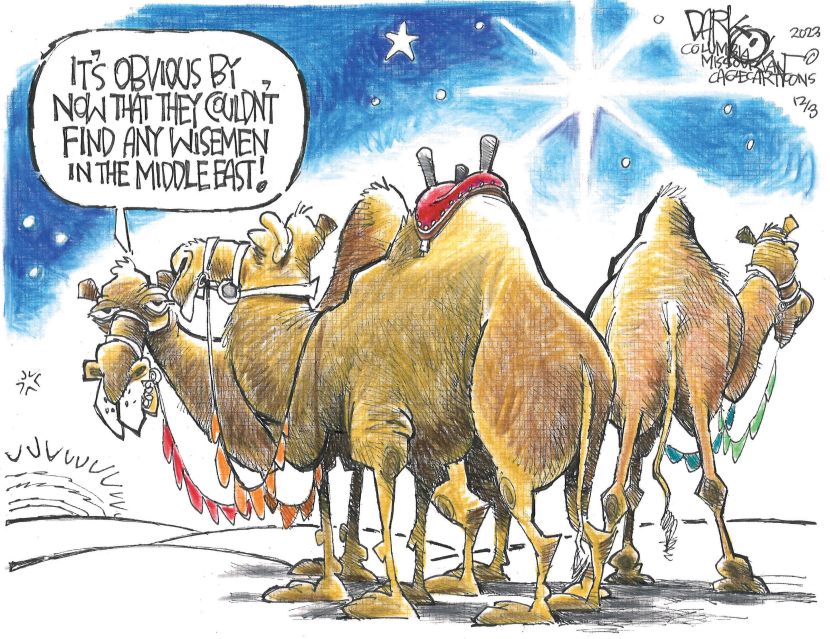 #8. Chris Weyant
#8. Chris Weyant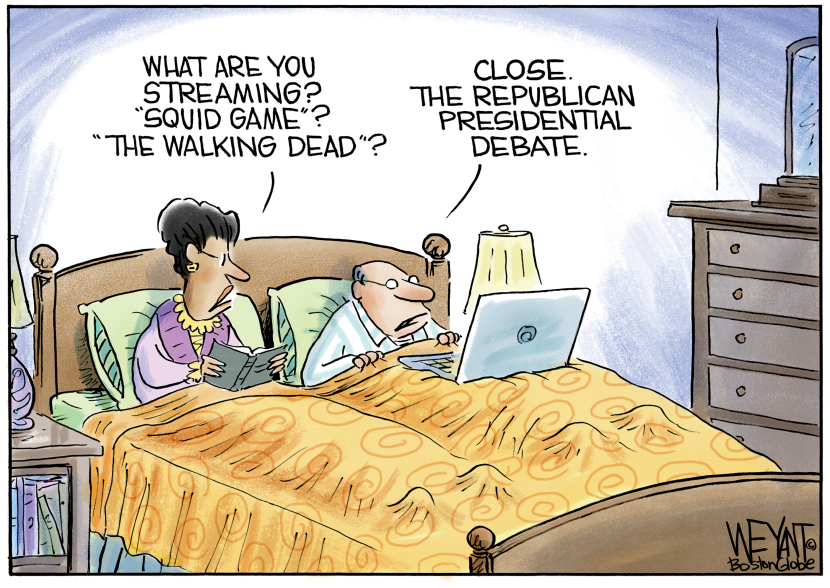 #9. Adam Zyglis
#9. Adam Zyglis #10. Dave Granlund
#10. Dave Granlund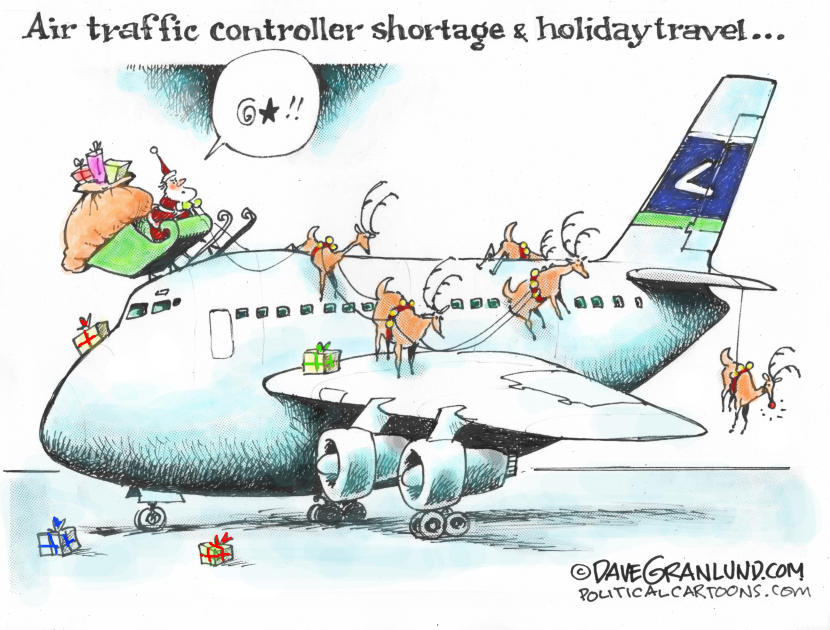 –
–